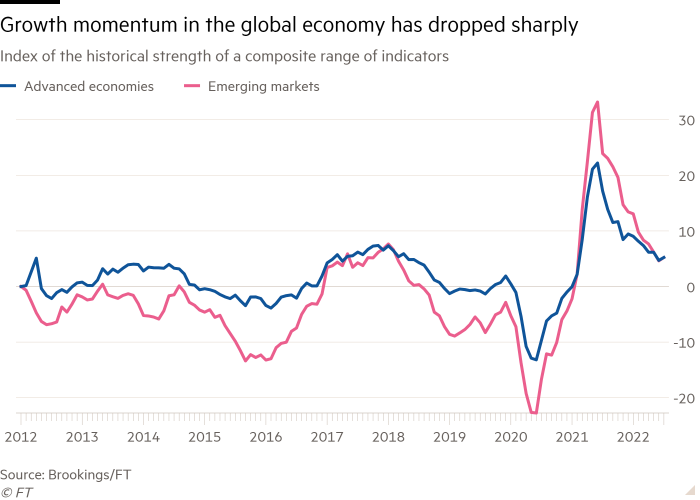Abortion rights activists at the Supreme Court in Washington, D.C. on March 26, the day the case about the abortion drug mifepristone was heard. The number of abortions in the U.S. increased, a study says, surprising researchers.
Drew Angerer/AFP via Getty Images
hide caption
toggle caption
Drew Angerer/AFP via Getty Images
Abortion rights activists at the Supreme Court in Washington, D.C. on March 26, the day the case about the abortion drug mifepristone was heard. The number of abortions in the U.S. increased, a study says, surprising researchers.
Drew Angerer/AFP via Getty Images
In the 18 months following the Supreme Court’s decision that ended federal protection for abortion, the number of abortions in the U.S. has continued to grow, according to The Society of Family Planning’s WeCount project.
“We are seeing a slow and small steady increase in the number of abortions per month and this was completely surprising to us,” says Ushma Upadhyay, a professor and public health scientist at the University of California, San Francisco who co-leads the research. According to the report, in 2023 there were, on average, 86,000 abortions per month compared to 2022, where there were about 82,000 abortions per month. “Not huge,” says Upadhyay, “but we were expecting a decline.”
The slight increase comes despite the fact that 14 states had total abortion bans in place during the time of the research. According to the report, there were about 145,000 fewer abortions in person in those states since the Dobbs decision, which triggered many of the restrictive state laws.
“We know that there are people living in states with bans who are not getting their needed abortions,” says Upadhyay. “The concern we have is that that might be overlooked by these increases.”
Florida, California and Illinois saw the largest surges in abortions, which is especially interesting given Florida’s recent 6-week ban that started on May 1.
Abortion rights opponents demonstrate in New York City, on March 23. Some states’ abortion bans are known as “heartbeat bills,” because they make abortion illegal after cardiac activity starts, usually around six weeks of pregnancy.
Kena Betancur/AFP via Getty Images
hide caption
toggle caption
Kena Betancur/AFP via Getty Images
Abortion rights opponents demonstrate in New York City, on March 23. Some states’ abortion bans are known as “heartbeat bills,” because they make abortion illegal after cardiac activity starts, usually around six weeks of pregnancy.
Kena Betancur/AFP via Getty Images
The latest report also captures for the first time the impact of providers offering telehealth abortions from states with protections for doctors and clinics known as shield laws – statutes that say they can’t be prosecuted or held liable for providing abortion care to people from other states.
Between July and December 2023, more than 40,000 people in states with abortion bans and telehealth restrictions received medication abortion through providers in states protected by shield laws. Abortion pills can be prescribed via telehealth appointments and sent through the mail; the pills can safely end pregnancies in the first trimester.
The report includes abortions happening within the U.S. health care system, and does not include self-managed abortions, when people take pills at home without the oversight of a clinician. For that reason, researchers believe these numbers are still an undercount of abortions happening in the U.S.
Accounting for the increases
A major factor in the uptick in abortions nationwide is the rise of telehealth, made possible in part by regulations first loosened during the coronavirus pandemic.
According to the report, telehealth abortions now make up 19% of all abortions in the U.S. In comparison, the first WeCount report which spanned April 2022 through August 2022 showed telehealth abortions accounted for just 4% of all abortions. Research has shown that telehealth abortions are as safe and effective as in-clinic care.
“It’s affordable, it’s convenient, and it feels more private,” says Jillian Barovick, a midwife in Brooklyn and one of the co-founders of Juniper Midwifery, which offers medication abortion via telehealth to patients in six states where abortion is legal. The organization saw its first patient in August 2022 and now treats about 300 patients a month.
“Having an in-clinic abortion, even a medication abortion, you could potentially be in the clinic for hours, whereas with us you get to sort of bypass all of that,” she says. Instead, patients can connect with a clinician using text messages or a secure messaging platform. In addition to charging $100 dollars for the consultation and medication – which is well below the average cost of an abortion – Barovick points to the cost savings of not having to take off work or arrange child care to spend multiple hours in a clinic.
She says her patients receive their medication within 1 to 4 business days, “often faster than you can get an appointment in a clinic.”
A study published in JAMA Internal Medicine on Monday followed about 500 women who had medication abortions with the pills distributed via mail order pharmacy after an in-person visit with a doctor. More than 90% of the patients were satisfied with the experience; there were three serious adverse events that required hospitalization.
In addition to expansions in telehealth, there have been new clinics in states like Kansas, Illinois and New Mexico, and there’s been an increase in funding for abortion care – fueled by private donors and abortion funds.
The impact of shield laws
During the period from October to December 2023, nearly 8,000 people per month in states with bans or severe restrictions accessed medication abortions from clinicians providing telehealth in the 5 states that had shield laws at the time. That’s nearly half of all monthly telehealth abortions.
“It’s telemedicine overall that is meeting the need of people who either want to or need to remain in their banned or restricted state for their care,” says Angel Foster, who founded The MAP, a group practice operating a telehealth model under Massachusetts’ shield laws. “If you want to have your abortion care in your state and you live in Texas or Mississippi or Missouri, right now, the shield law provision is by far the most dominant way that you’d be able to get that care.”
Foster’s group offers medication abortions for about 500 patients a month. About 90% of their patients are in banned or restrictive states; about a third are from Texas, their most common state of origin, followed by Florida.
“Patients are scared that we are a scam,” she says, “they can’t believe that we’re legit.”
Since the WeCount data was collected, additional states including Maine and California have passed shield laws protecting providers who offer care nationwide. The new shield laws circumvent traditional telemedicine laws, which often require out-of-state health providers to be licensed in the states where patients are located. States with abortion bans or restrictions and/or telehealth bans hold the provider at fault, not the patient.
Existing lawsuits brought by abortion opponents, including the case awaiting a Supreme Court decision, have the potential to disrupt this telehealth surge by restricting the use of the drug mifepristone nationwide. If the Supreme Court upholds an appeals court ruling, providers would be essentially barred from mailing the drug and an in-person doctor visit would be required.
There is also an effort underway in Louisiana to classify abortion pills as a controlled substance.


































